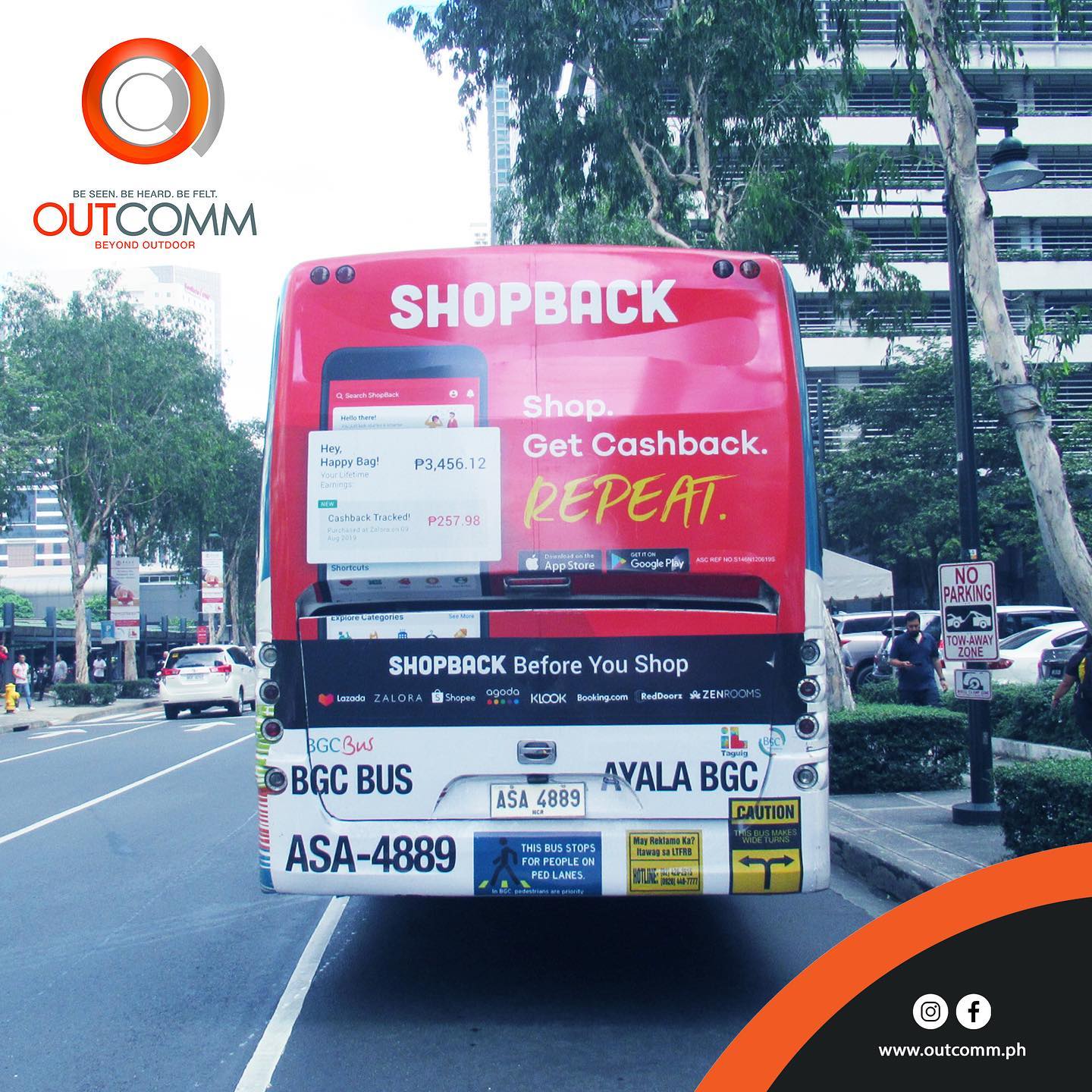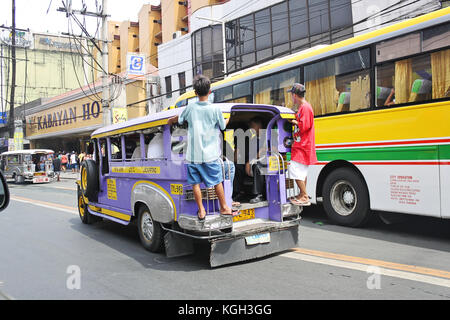Inexpensive Transit Advertising Philippines for Brand Awareness
Inexpensive Transit Advertising Philippines for Brand Awareness
Blog Article
How Transportation Marketing Can Transform Mass Transit Spaces Into Dynamic Advertising Platforms
Transportation advertising and marketing holds significant capacity to redefine public transportation areas into vivid marketing platforms that inform and involve. As we check out the diverse advantages and progressing approaches of transportation advertising, it raises the inquiry of exactly how this change can redefine our communications with both brands and the urban setting.
Benefits of Transportation Marketing

Additionally, transportation marketing is extremely affordable compared to typical media. It permits marketers to attain high impressions at reduced costs, optimizing roi. The captive target market of commuters gives an opportunity for brands to share their messages to people who are often responsive during their travel times.
Moreover, the dynamic nature of transportation marketing permits campaigns to be upgraded often, making certain that messaging remains prompt and pertinent. This flexibility can be essential in replying to market trends or advertising events, maintaining the brand top-of-mind for customers. Finally, the prevalent presence of transportation advertising adds to brand recall; duplicated direct exposure within familiar traveling contexts reinforces brand name awareness and promotes consumer loyalty, inevitably driving sales and enhancing brand name reputation.
Sorts Of Transit Marketing
Public transport systems give various formats for advertising and marketing, each dealing with different advertising methods and target market interaction techniques. One famous kind is exterior bus and train wraps, which cover the entire vehicle and create a mobile billboard impact, permitting high presence in metropolitan atmospheres. These wraps can record interest as they traverse active streets, reaching a diverse target market.
One more preferred format is interior advertising, which consists of posters, digital screens, and advertisements on transportation seats. These positionings involve guests throughout their journey, reinforcing brand name messaging in a confined area. Digital displays, in specific, use the benefit of vibrant web content, allowing marketers to update messages in real-time.
Terminal advertising is also considerable, including posters, banners, and interactive kiosks within transportation stations. These advertisements utilize foot traffic and can target particular demographics based upon location.
Lastly, promotional partnerships with transit authorities can lead to special campaigns, such as themed transit experiences or events, enhancing the overall interaction with travelers. Each type of transportation advertising and marketing uses distinctive advantages, permitting brands to tailor their approach to properly reach their target audience within the public transportation environment.
Involving Commuters Properly
Travelers are increasingly inundated with advertising messages throughout their everyday travels, making it necessary for brands to engage them in ingenious means. To catch interest in this jampacked area, advertisers should prioritize creative thinking and significance. Making use of distinctive visuals and succinct messaging can substantially enhance the chance of interaction.
Interactive aspects, such as QR codes or enhanced fact functions, can also change static ads right into immersive experiences, fostering a much deeper connection with the audience. Brand names need to focus on attending to commuters' demands and passions, tailoring messages to resonate with their way of living, whether via promos for neighborhood organizations or solutions created to more improve their travelling experience.
In addition, timing plays a critical function; purposefully positioning advertisements throughout top commuting hours can maximize visibility and effect. Engaging commuters efficiently also includes leveraging social media combination, permitting guests to share their promos or experiences directly from transportation platforms, thereby amplifying brand name reach.
Fundamentally, efficient involvement rests on understanding the traveler trip and developing compelling, interactive, and pertinent marketing experiences that not only capture focus however also drive activity and loyalty. By doing so, brand names can change mass transit into a dynamic advertising system that resonates with its target market.

Measuring Advertising Impact
How can brand names precisely analyze the effectiveness of their advertising campaigns in transit environments? Determining the effect of transit advertising requires a diverse approach that incorporates quantitative and This Site qualitative metrics. One widespread method is tracking interaction through mobile analytics, where brand names can analyze foot traffic patterns and app interactions in the past, during, and after campaigns.
Studies can provide important understandings into brand recall and customer view, permitting brand names to assess how well their messages reverberate with commuters. In addition, checking social networks involvement relevant to particular campaigns can disclose shifts in public understanding and brand discussion.

Additionally, teaming up with transportation firms can boost dimension accuracy, as they frequently possess comprehensive market data on ridership patterns. By integrating these approaches, brands can establish a detailed understanding of their advertising and marketing performance, making certain that their you could look here projects not only get to yet additionally affect their target market successfully.
Future Trends in Transit Advertising
A significant change is prepared for en route marketing as technological advancements and changing customer habits reshape the landscape. Transit Advertising Philippines. The integration of interactive media and digital displays is anticipated to improve engagement, allowing brand names to provide dynamic web content that reverberates with diverse target markets. As public transport systems embrace clever modern technology, advertisers will certainly utilize real-time data analytics to customize messages based upon passenger demographics and actions
Additionally, enhanced fact (AR) is poised to revolutionize the means commuters connect with ads. By providing immersive experiences, AR can change a mundane trip into an interesting story that captures interest and fosters brand name loyalty. This advancement will likely encourage marketers to create even more experiential projects that drive customer interaction.
Sustainability is one more crucial fad influencing transportation advertising. As environmental awareness grows, brand names will increasingly seek to straighten with environment-friendly practices, using sustainable materials and advertising green efforts within their projects.
Verdict
In conclusion, transportation marketing uses considerable advantages by enhancing brand name presence and involving a captive audience. As trends advance, the possibility for cutting-edge interactions between commuters and brands is poised to expand, ensuring that transit advertising and marketing remains a vital part of modern-day advertising and marketing methods.
Transit advertising holds significant possibility to redefine public transport rooms into dynamic marketing platforms that engage and inform. The pervasive visibility of transportation marketing contributes to brand name recall; repeated exposure within acquainted traveling contexts reinforces brand name understanding and fosters customer loyalty, ultimately enhancing and driving sales brand name online reputation.
Exactly how can brands properly evaluate the efficiency of their advertising campaigns in transportation environments?In verdict, transit advertising uses substantial advantages by enhancing brand name exposure and involving a restricted audience. Transit Advertising Philippines. As patterns advance, the potential for ingenious communications in between brands and commuters is poised to grow, making certain that transit advertising remains a crucial part of contemporary advertising and marketing methods
Report this page